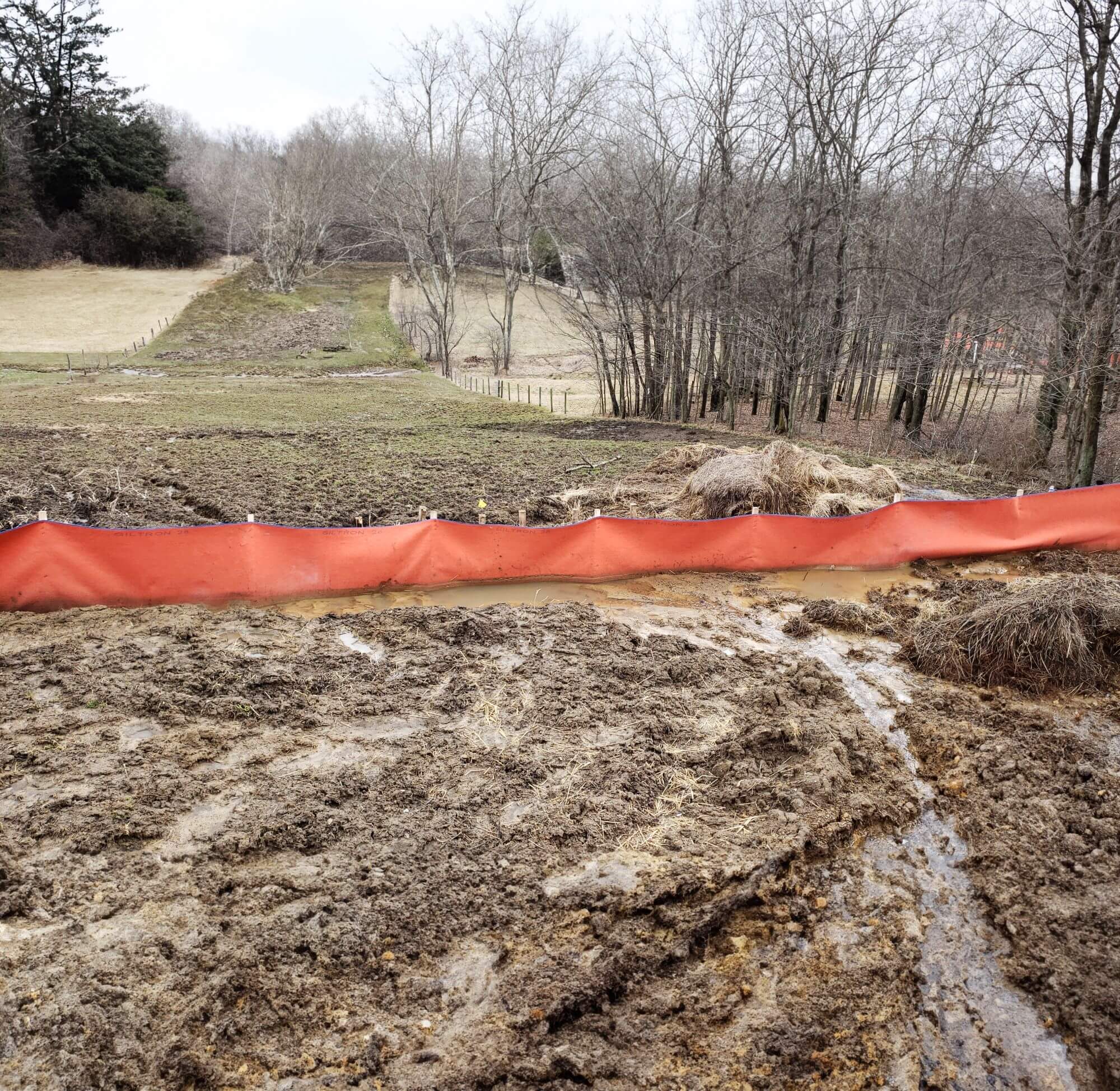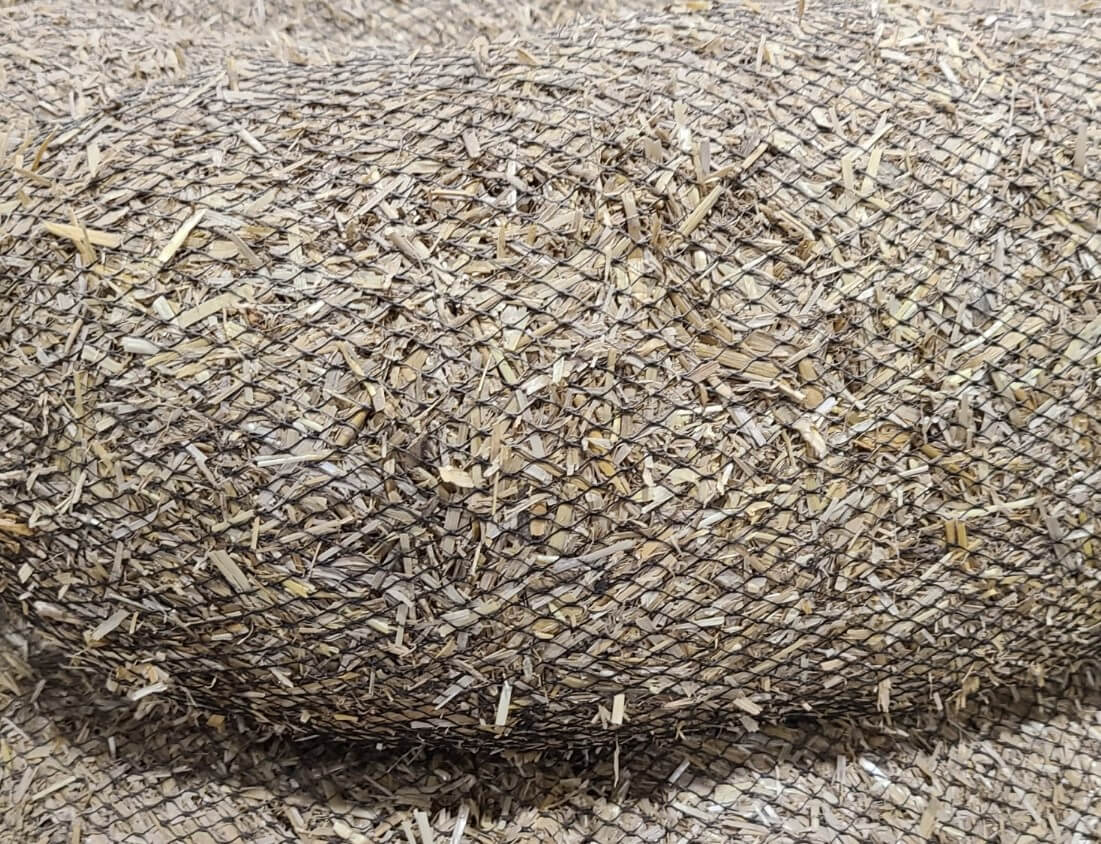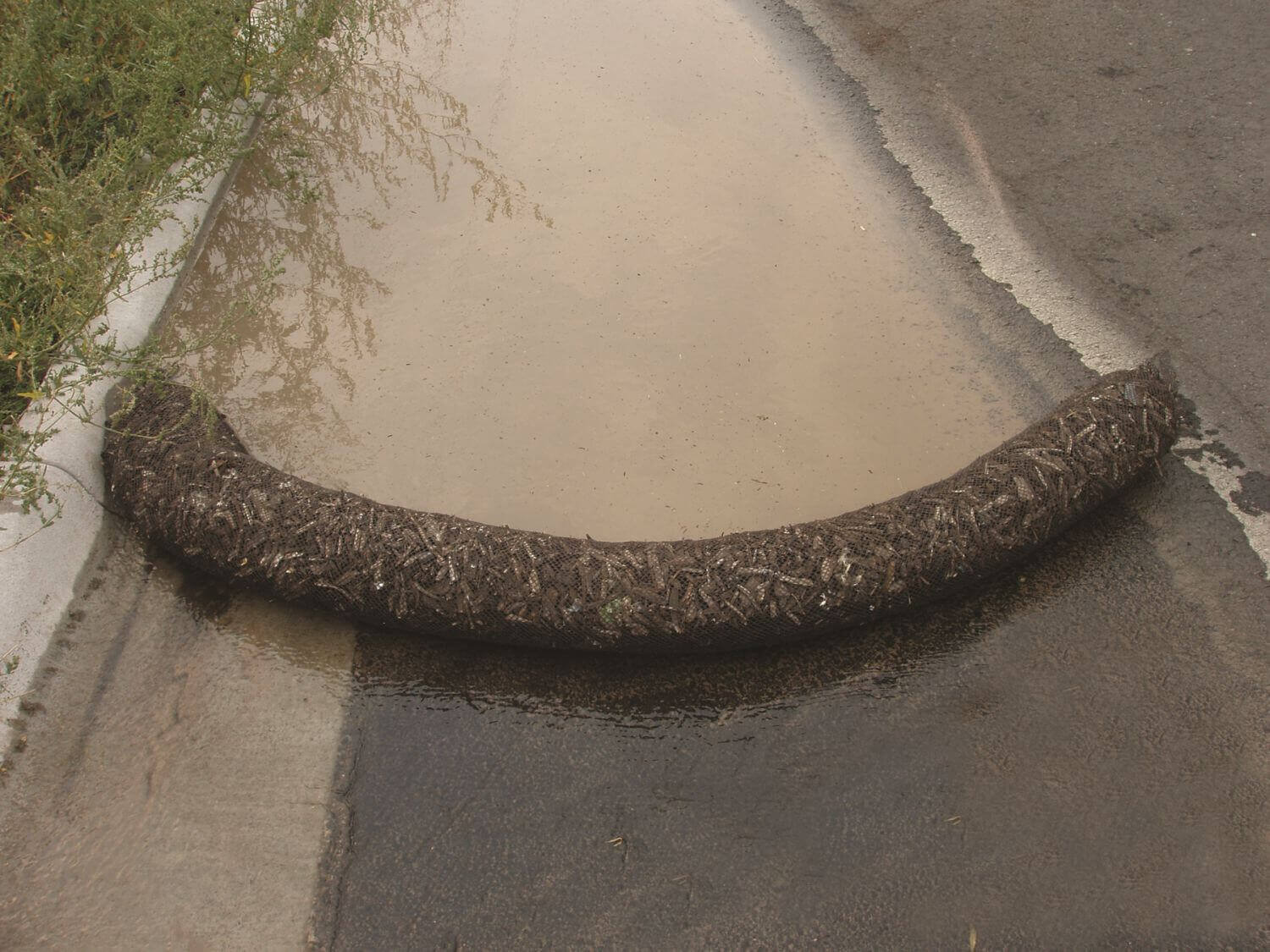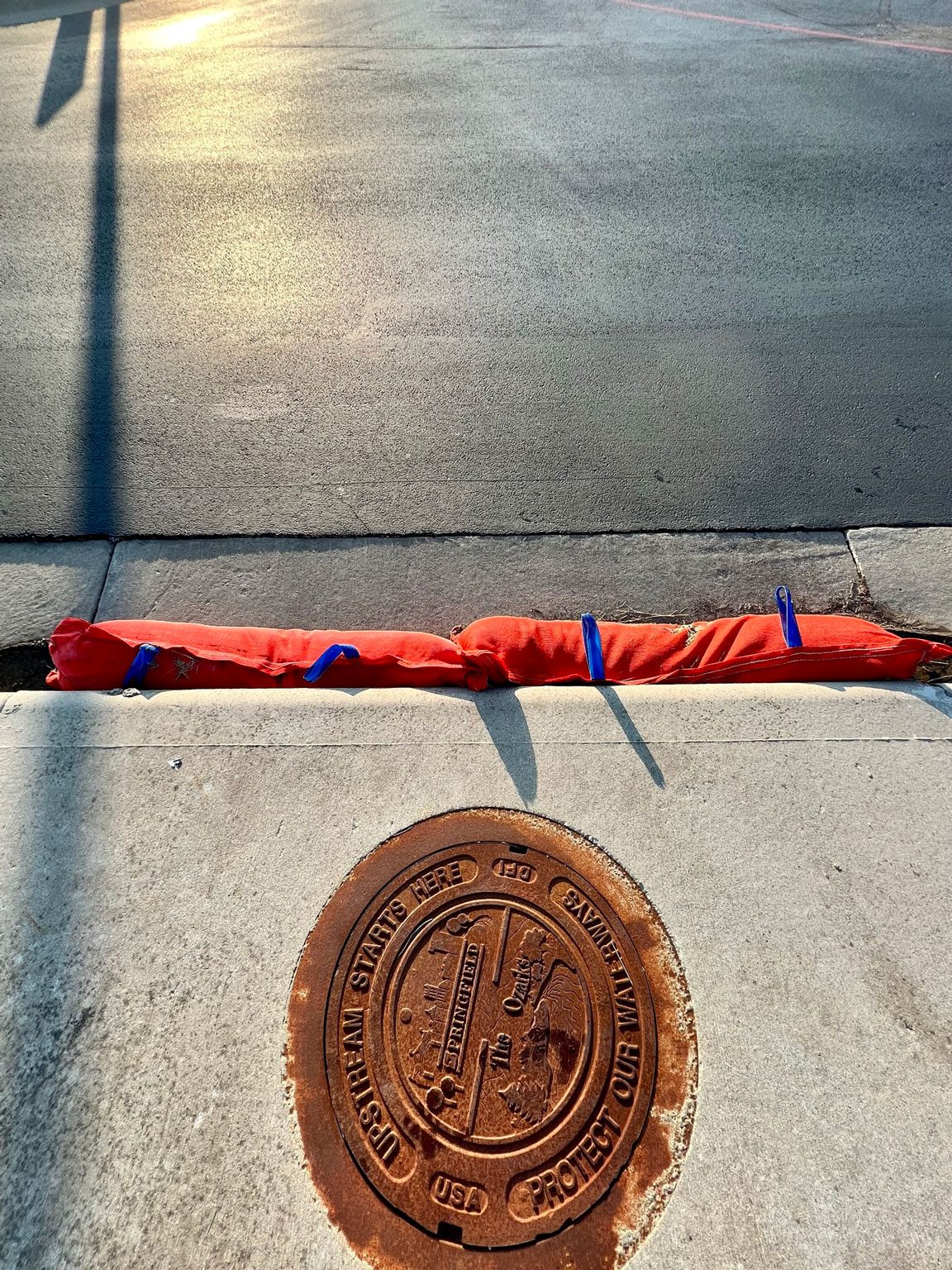Perimeter control is a critical sediment control practice used to prevent soil erosion and water pollution during construction and other land-disturbing activities. As part of a broader approach to erosion and sediment control, perimeter control focuses on managing the boundaries of a project site to contain sediment and keep it from being transported off-site by stormwater or wind. Along stream banks and channels, perimeter controls protect water bodies by filtering stormwater before it reaches sensitive ecosystems. In areas with drains or inlets, they capture sediment and prevent clogging. Perimeter controls also safeguard sensitive watersheds and manage runoff on access roads, all of which helps to protect nearby water bodies, reduce environmental impact, and ensure compliance with local and federal regulations.
Register for a Virtual Lunch & Learn Session
Deepen your understanding of inlet protection and explore the latest trends and innovations in the field. During this session industry experts will share valuable insights, practical tips, and real-world case studies.
Earn 1 PDH Credit.
Types of Perimeter Controls
Various tools and methods can be used for perimeter control, each suited to specific site conditions and project needs:
Silt Fences
Silt fences are temporary barriers constructed from durable, UV-stabilized geotextile fabric supported by strong hardwood stakes that trap sediment while allowing water to pass through. The effectiveness of silt fences lies in their ability to slow down stormwater runoff, allowing sediment to settle out of the water before it escapes the site. Strategically placed around the perimeter of disturbed areas and installed along the natural contours of the land, silt fences act as a frontline defense against sediment pollution, preventing erosion and maintaining site integrity. Proper installation is key: the fabric must be buried at least 6 inches deep to prevent water from bypassing the barrier, and stakes must be securely driven into the ground to keep the fence in place during heavy rainfall or strong winds.
Straw Wattles
Straw wattles are cylindrical tubes filled with straw. They are often placed along the contours of slopes or around site perimeters to serve as a physical barrier that will reduce the flow of stormwater. By reducing the speed of water, straw wattles allow sediment to settle behind the wattle, preventing it from being washed away. Their flexible design allows them to contour to uneven terrain, making them ideal for use on steep slopes and in areas with irregular surfaces. Straw wattles are easy to install, lightweight, and come in eco-friendly configurations that won’t leave waste once they break down. Straw wattles can degrade quickly, and are therefore often used in temporary applications where short-term sediment control is required, such as during initial land-disturbing activities on construction sites.
Filter Socks
In contrast, filter socks are tubular structures typically made from mesh or geotextile fabric filled with organic materials like compost, wood chips, or specialized filtration media. While they share a similar cylindrical shape to straw wattles, filter socks offer additional benefits. They not only slow down stormwater runoff but also actively filter the water as it flows through their permeable fabric, capturing fine sediments and, in some cases, pollutants like hydrocarbons and heavy metals. This makes filter socks a more advanced solution for projects where water quality is a critical concern, especially in sensitive environments near water bodies or in stormwater management systems. Filter socks can be used for both short- and long-term applications and are effective even in high-flow areas. In addition, some filter socks are made from biodegradable materials, making them an eco-friendly solution that can naturally degrade over time or encourage vegetation growth.
Weighted Sediment Filter Tubes
Weighted sediment filter tubes are flexible, cylindrical barriers filled with a filtration mix, such as rice hulls and gravel, designed to stay securely in place even in areas with high stormwater flow. These tubes effectively slow stormwater runoff, allowing sediment to settle behind them before the water moves downstream, providing efficient sediment control in challenging conditions, such as heavy rainfall or wind events. Weighted sediment filter tubes can be environmentally friendly and made with materials which will naturally break down over time, leaving little to no environmental impact once the project is complete.
Compared to other perimeter controls like straw wattles or silt fences, weighted sediment filter tubes offer the advantage of staying securely in place without the need for additional anchoring in most conditions, thus reducing maintenance requirements and improving efficiency on high-flow sites. Their flexible design allows them to conform to uneven terrain, making them suitable for various environments, including construction sites, agricultural areas, and slopes where erosion control is essential.
Why is Perimeter Control Important?
Sediment runoff from construction sites can cause severe water quality issues, including sedimentation in rivers, streams, and lakes. This not only affects aquatic ecosystems but also clogs drainage systems, increasing the risk of flooding and property damage. Implementing effective perimeter control helps to:
- Prevent sediment pollution: By trapping sediment near the source, perimeter control prevents it from reaching waterways.
- Maintain site integrity: Proper containment reduces soil loss and stabilizes the site during rainstorms or heavy winds.
- Ensure regulatory compliance: Federal and state agencies, such as the Environmental Protection Agency, require perimeter control practices under various environmental permits.
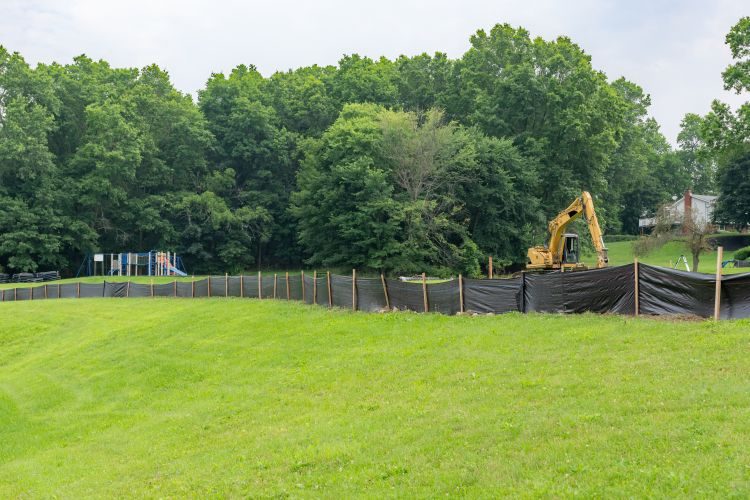
Integration with Other BMPs
Perimeter control plays a crucial role in effective sediment management, especially when used in conjunction with other sediment control BMPs. When strategically positioned at project edges, perimeter control systems act as the first line of defense against sediment runoff. However, their effectiveness is amplified when combined with measures like sediment traps, which capture and retain stormwater, allowing sediment to settle before it can be discharged into surrounding water bodies. Additionally, implementing vegetative cover enhances soil stability and reduces erosion by naturally filtering stormwater. Erosion control blankets further support these efforts by protecting exposed soils and promoting plant growth. Together, these integrated approaches create a comprehensive sediment control strategy that minimizes soil displacement, protects water quality, and complies with environmental regulations, ultimately leading to more sustainable land management practices.
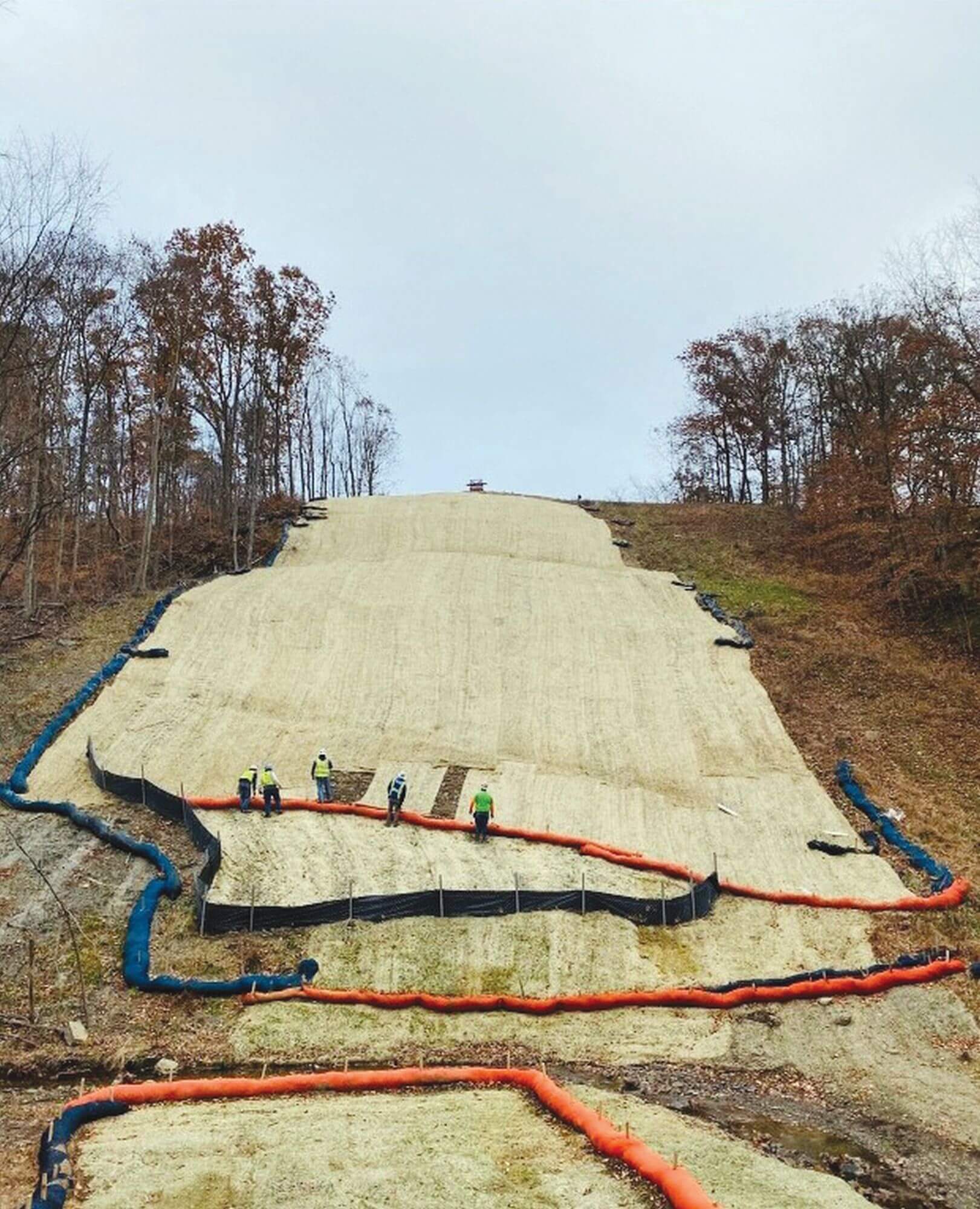
Conclusion
Perimeter control plays a critical role in sediment control Best Management Practices (BMPs). By managing the boundaries of construction sites, it prevents sediment-laden runoff from polluting nearby water bodies and ensures compliance with environmental regulations. Implementing effective perimeter control methods, combined with proper maintenance, ensures successful erosion and sediment management throughout the project lifecycle and can be a cost-effective and environmentally responsible approach to safeguarding water quality and mitigating the long-term impacts of land development.
Register for Our Lunch and Learn Session
Ready to deepen your understanding of inlet protection and explore the latest trends and innovations in the field? Register for a virtual Lunch and Learn session, where industry experts will share valuable insights, practical tips, and real-world case studies. Don’t miss this opportunity to expand your knowledge, earn professional development hours, and connect with peers in the industry. Register now to secure your spot and take the first step towards mastering the art of inlet protection.


